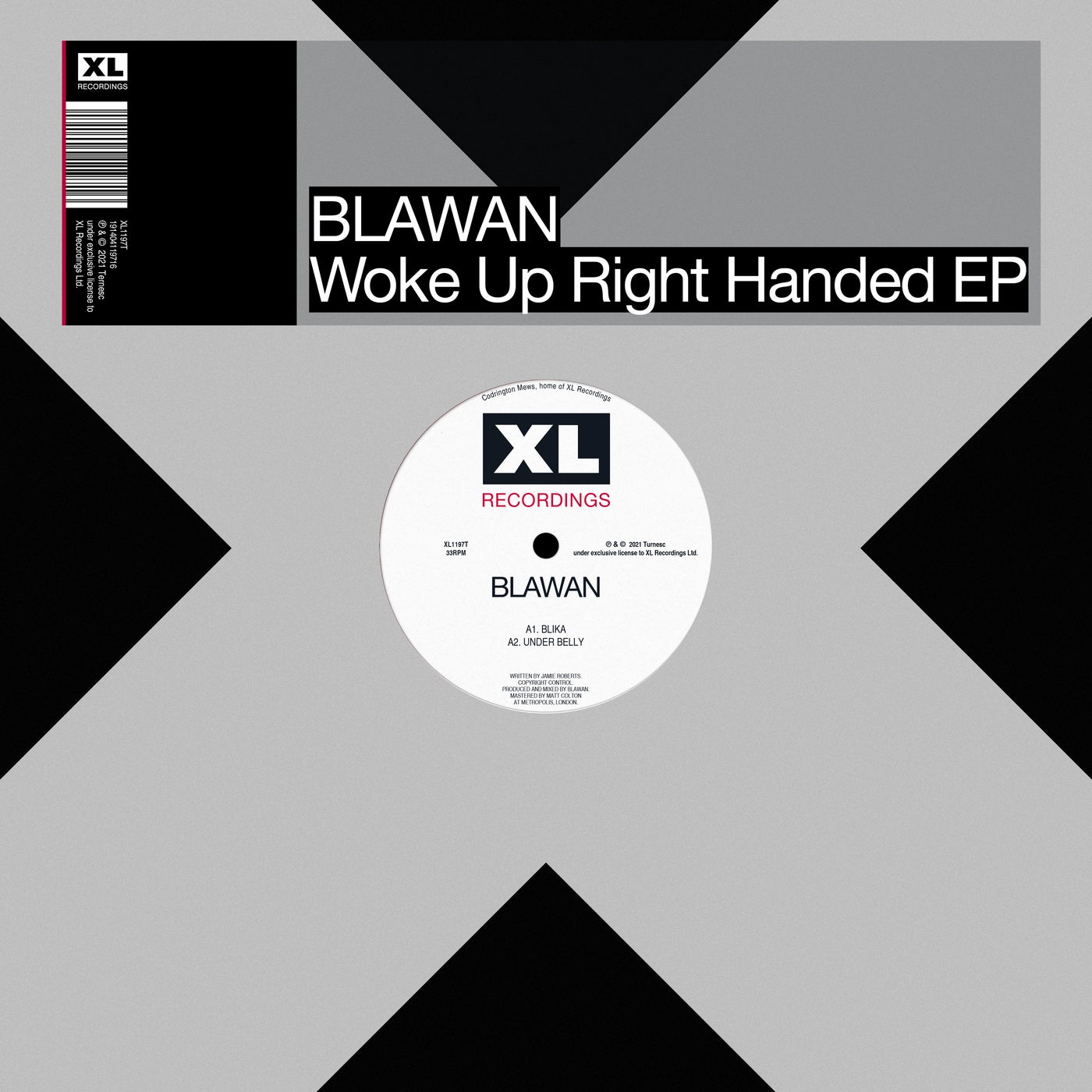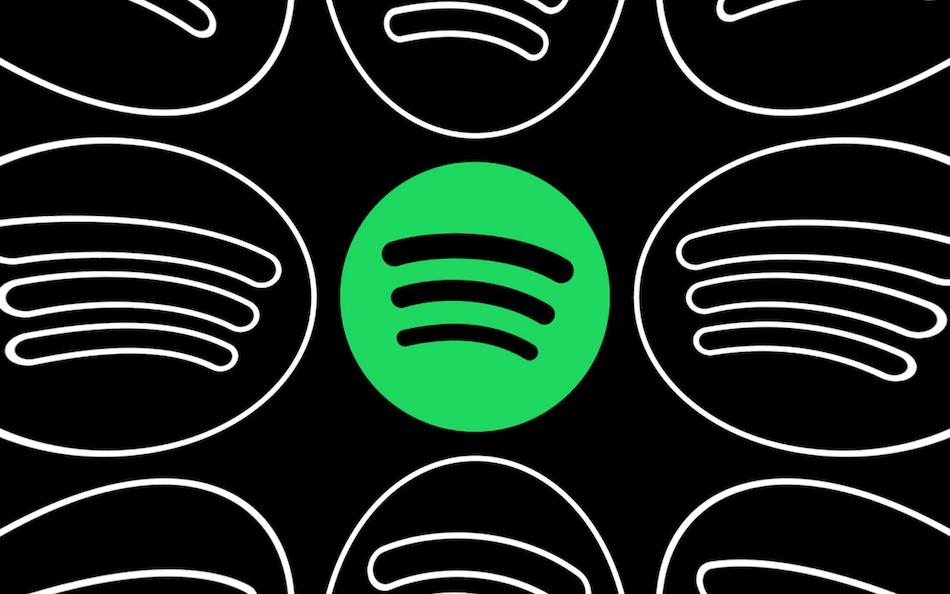Interview: Five minutes with Color Theory
Brian Hazard aka Color Theory has just released his B-side single ‘This Whole Nothing/Juggernaut’. Before chasing stardom, Brian was a pianist in his high school jazz band. Years later, he would graduate from university with a Bachelor of Music Degree in Piano Performance. He is now classified as a synthwave musician that calls his style “melancholic synthwave”, inspired by the somber and menacing tones in the music of Depeche Mode, The Cure, and baths inspiriting.
We find out more about the synthwave composer in our exclusive interview below.
Set the tone for us. Why the arts?
I never seriously considered anything else.
Which comes first when you’re producing – the sound or the idea?
The sound. I wrote my first couple of albums on the piano, and reviewers would refer to my songs as “ballads” even when that wasn’t my intention. So I started building my tracks from a production idea — a beat, a bassline, a sidechaining technique or some other studio trick. It pushes me in directions that my fingers wouldn’t normally take me.
Does your material feature any collaborations?
A bunch. Recent collaborations include The Alphabet Zero, Hollowlove, Nov.47, ELYXR, Marco Dassi, Night Raptor, Voxy P, and Bentley Jones.
What’s on your current playlist?
Let’s see… Baths/Geotic (always), The 1975, Caroline Polachek, Dorian Electra, Mr.Kitty, Bat for Lashes. I only listen for pleasure while I run, so anything too mellow is out by default.
Tell us about the chemistry you have with your fans on stage.
I don’t perform, but at the start of my career I played the Borders circuit, which were these huge combo book/record store/cafes. I remember being asked by customers to turn it down, which took the wind out of my sails. It’s not like it was loud in the first place! This was piano-based music, not metal.
Once very early on, a total stranger mouthed every word of every song as I sang it. Until then, I didn’t really understand how my music could connect with people outside of my immediate circle.
While that was an amazing experience, it wasn’t enough to sustain my interest in performing. I never truly enjoyed it, but I felt it was something I had to do to build a fanbase. Once it became clear that wasn’t the case, I dropped it like a bad habit and never looked back.
What techniques do you experiment with to get your original sound?
I went through the trouble of getting a degree in piano performance, so I try to integrate the piano when it serves the song. That’s not always easy to do with the eighties styled arrangements, as an intricate piano part can quickly clutter up a mix.
Beyond that, I make an effort to limit my sonic palette upfront. For example, my last album used one bank of patches from a single synth, one set of drum samples, and one set of atmospheric samples from the Polish Radio Experimental Studio. Thematically, each song dealt with a particular superstition. Probably my most focused album yet!
Take us through a day in the recording studio.
My studio is in my home. I’m a mastering engineer “by day”, so it’s a lot of everything and nothing. Some days I don’t work on music at all.
When I do, I try to focus on a single project, whether it’s for Color Theory or another artist I’m working with. I break up studio sessions with running, meditation, a long “reading lunch,” and vocal exercises. One of these days I’m going to figure out how to sing.
Speaking of which, if I’m tracking vocals, usually I’ll have a go at it in the afternoon. Once I know I’ve got something acceptable, I’ll take another stab at it that night. Usually, the night session is the keeper.
Other than that, I take lots of breaks to rest my ears, and I’m pretty much always done by 8 pm. I suppose if I ever got in a financial bind, I could rent out the studio at nights!
Was there a specific moment in your life where you thought, “this is what I want to do”?
I’m sure there was, but I don’t remember it. The plan has been in place since middle school.
What do you keep close by while you’re playing a set?
My trusty Mackie 1202 mixer, but that was a lifetime ago.
Any emerging artists on your radar?
No one comes to mind. I guess I should list my studio clients, but I’d hate to leave anyone out.
What gets your creative juices flowing?
The discipline to get started. I record a new song every month for my supporters on Patreon, so I can’t afford to wait for inspiration. Instead, I let the work inspire me.
Take us through your collection of gear, tech or software that accompanies your creative expression.
I’ve got a really nice 1914 Steinway O grand piano that, by all rights, should be the centerpiece of my productions. But then I’d have to tune it. So instead everything is in the box.
I’ve used the same piano sample for over a decade, and the synths are all virtual. My current favorites are u-he Zebra 2 and Diva.
Any side projects you’re working on?
Two of them! With Matt Mancid and WillRock. Matt and I are wrapping up a covers album (we’ve already released a couple of singles). The project with Will isn’t far enough along to comment on.
How have you refined your craft since you entered the industry?
It’s been such a slow grind, it’s hard to see the changes. I’d like to think I’m getting better, both as a songwriter and producer. Maybe my singing has slightly improved as well, but I’ve always focused on character over technique.
Breakdown the news for us: what can we expect from you this year?
I released albums in both 2018 and 2019, and it felt like I was always promoting something. While I’ll still produce at least a dozen songs for Patreon, I’m going to be a lot more selective about what I release to the public.
Expect a handful of singles and my covers album with Matt Mancid, at a bare minimum.
Famous last words?
The effort is enough.
Follow Color Theory:
Website – Facebook – Twitter – Soundcloud – Instagram – Youtube – Spotify




